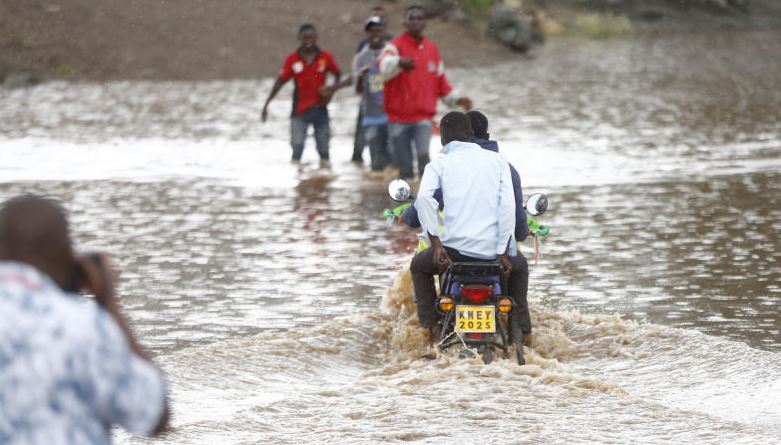×
The Standard e-Paper
Informed Minds Prefer The Standard

You may need to keep your raincoats, boots and umbrellas within close reach for much longer.
Heavy rains are expected to continue within most parts of the country until June. The intensity of the rainfall will be felt in the early weeks of March.